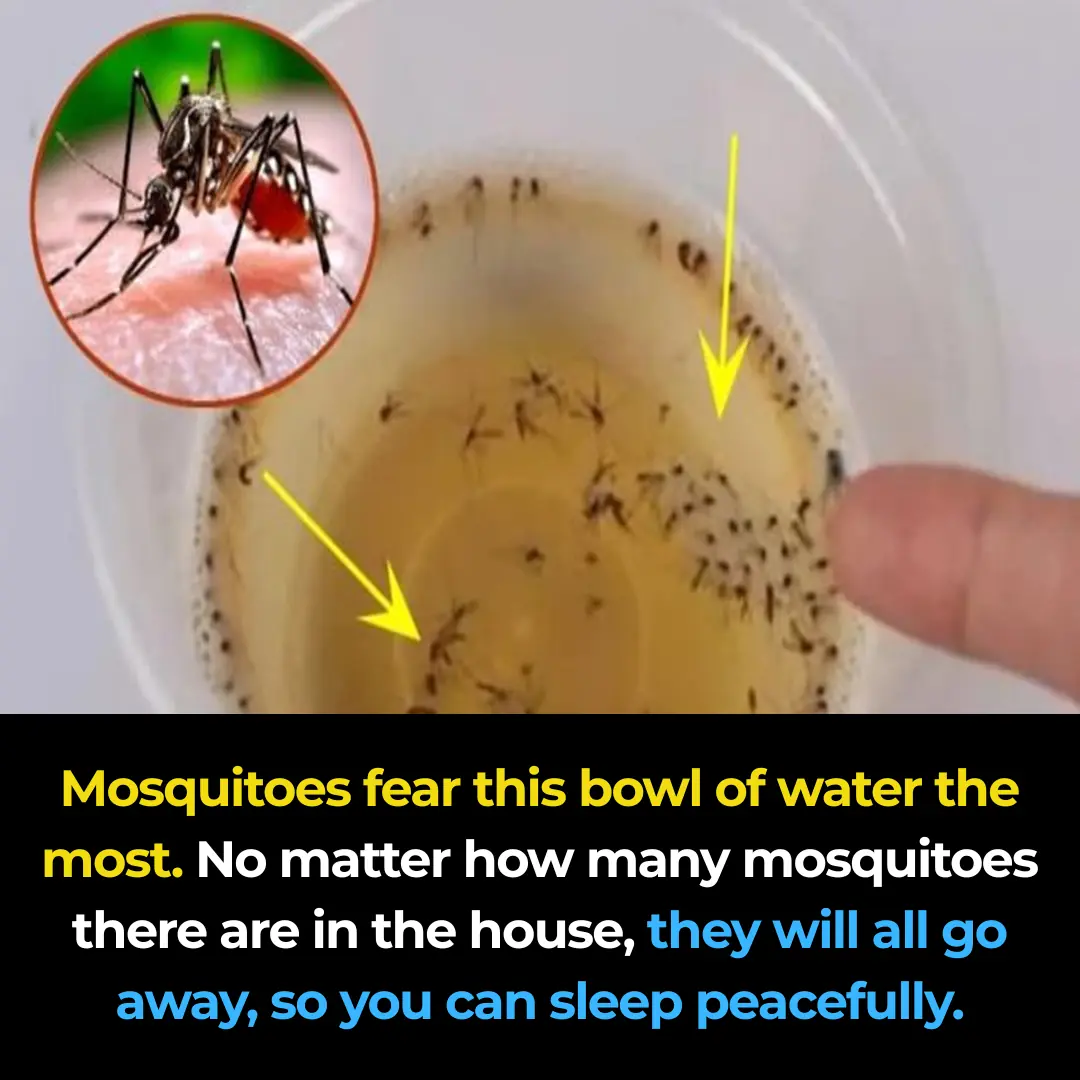
When your pan loses all its non-stick coating, don’t throw it away just yet: Do this and your frying will never stick or fall apart again

How to Keep Food from Sticking to Your Pan – Even Without a Non-Stick Coating
Regular pans, and even non-stick ones, often end up with food sticking after a period of use. This can make frying or even simple stir-frying frustrating. So how do you stop food from sticking to your pan? Here are some simple, practical, and easy-to-apply tips you can keep in mind.
Why Non-Stick Coatings Wear Out
Cooking has become much easier today thanks to non-stick coatings. However, when this protective layer wears off, frying becomes a challenge. Fish, eggs, and other foods stick to the surface, breaking apart and losing their appeal.
Most non-stick cookware today is coated with Teflon (PTFE). Accidentally discovered in 1938 for military use, Teflon was later applied to cookware in 1951. It created a slick, wax-like surface that’s easy to clean and made cooking more convenient.
If manufactured to proper standards, Teflon on metal cookware is generally safe. Even if tiny flakes peel off and are ingested, they usually pass through the digestive system. The bigger concern arises when cooking at very high heat, which can degrade the coating. Experts recommend replacing non-stick pans every 2–3 years for safety.
A Simple Trick for Old Pans Without Non-Stick Coating
If you don’t want to throw away an old pan just yet, try this quick trick:
-
Heat and dry the pan. Place it on the stove until hot. You can test by adding a spoonful of water—if it boils off quickly, the pan is ready.
-
Add oil or fat. Pour in a small amount and wait until it bubbles.
-
Start frying. Add your food—such as fish or eggs—carefully.
👉 Important: Always pat your fish or meat dry before frying. If it’s wet, the oil will splatter and increase sticking.
This method helps you keep using your pan a little longer, even after the coating is gone.
Tips for Using Non-Stick Pans Properly and Safely
-
Wash with coffee before first use.
When you buy a new non-stick pan, wash it once with dish soap, then heat it with a bit of coffee before rinsing. This removes dust and odors from the coating. -
Add oil before heating.
Always pour oil into a dry pan first, then heat it. Adding oil to an already hot pan can damage the coating and shorten the pan’s lifespan. -
Cook at low to medium heat.
Avoid cooking at very high temperatures, which can break down the coating and release harmful substances. Stick to medium or low heat for safer, longer-lasting use. -
Avoid using pans for braising or baking.
High-heat cooking methods like braising or oven use can quickly wear out the coating. -
Don’t add salt directly to a hot pan.
Adding salt or fish sauce to a hot non-stick surface causes tiny pits to form, reducing its effectiveness. -
Don’t use metal utensils.
Sharp tools like knives, forks, or metal spatulas can scratch the surface. Opt for wooden, bamboo, or silicone utensils. -
Avoid overheating before adding oil.
Heating an empty pan too much can damage the coating. Only heat until the surface is dry before adding oil. -
Clean gently.
Non-stick pans are easy to wash. Use the soft side of a sponge—never scrub harshly. Over-scrubbing can peel off the coating and shorten the pan’s life.
✅ With the right tricks, you can extend the life of your cookware and enjoy hassle-free frying without food sticking or breaking apart.
News in the same category

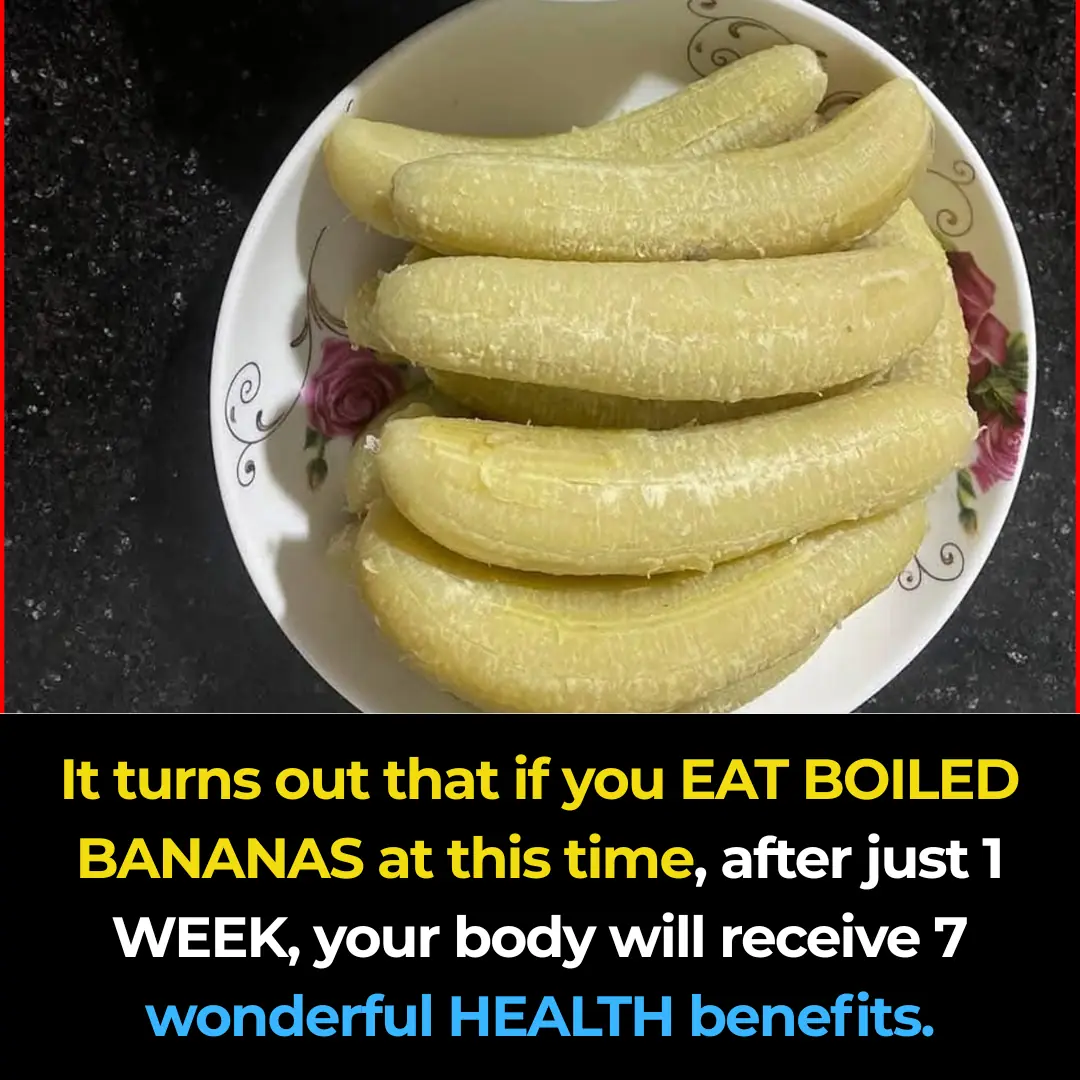
Eat boiled bananas at this time, and after just one week your body will experience 7 changes: excess fat melts away and your skin becomes smoother and brighter

Tips Every Traveler Should Follow

Why Do Flight Attendants Often Carry a Banana on the Plane? It Turns Out It's for This Purpose
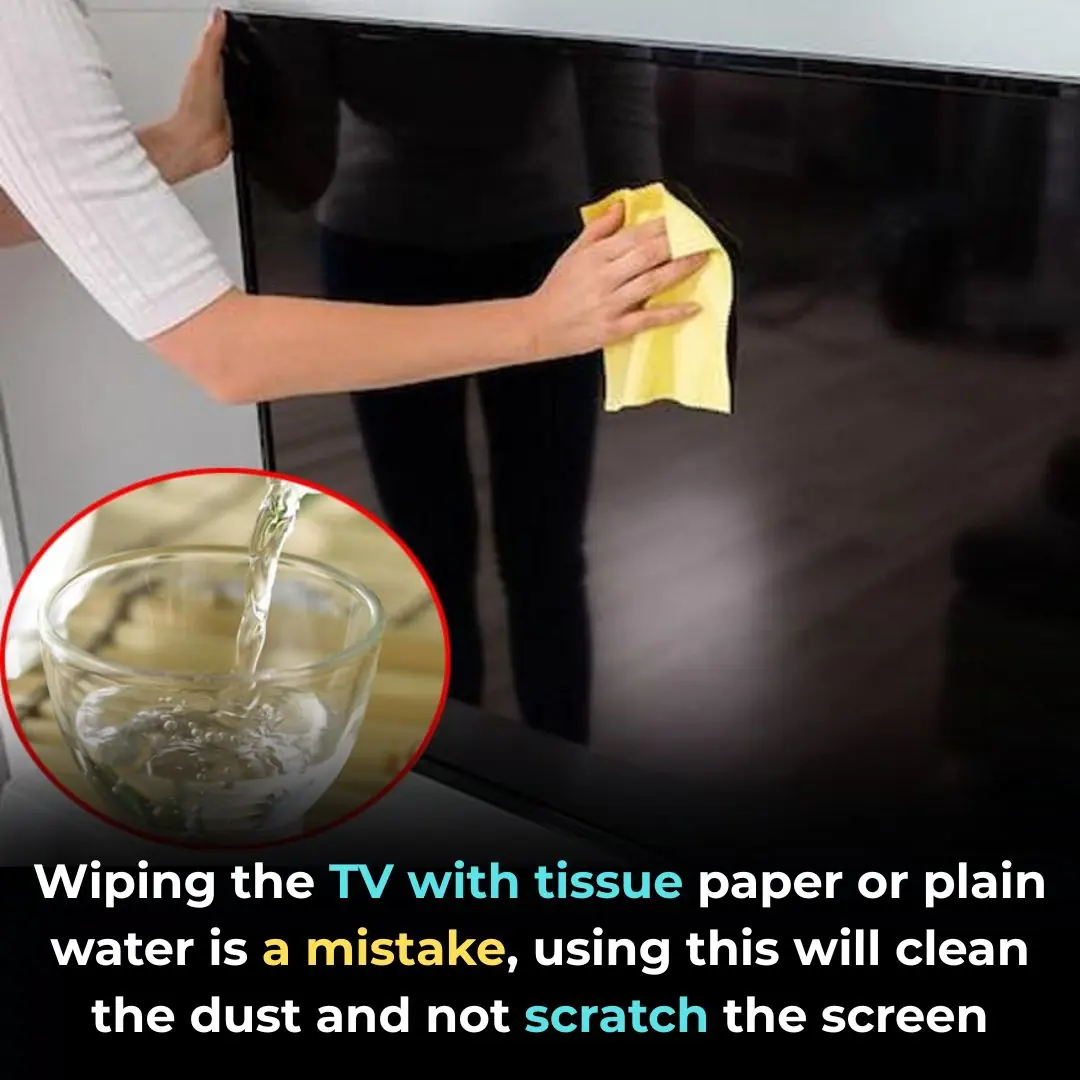
Cleaning Your TV Screen with Tissue Paper or Plain Water is a Mistake — Use This Method for Dust-Free, Scratch-Free Screens
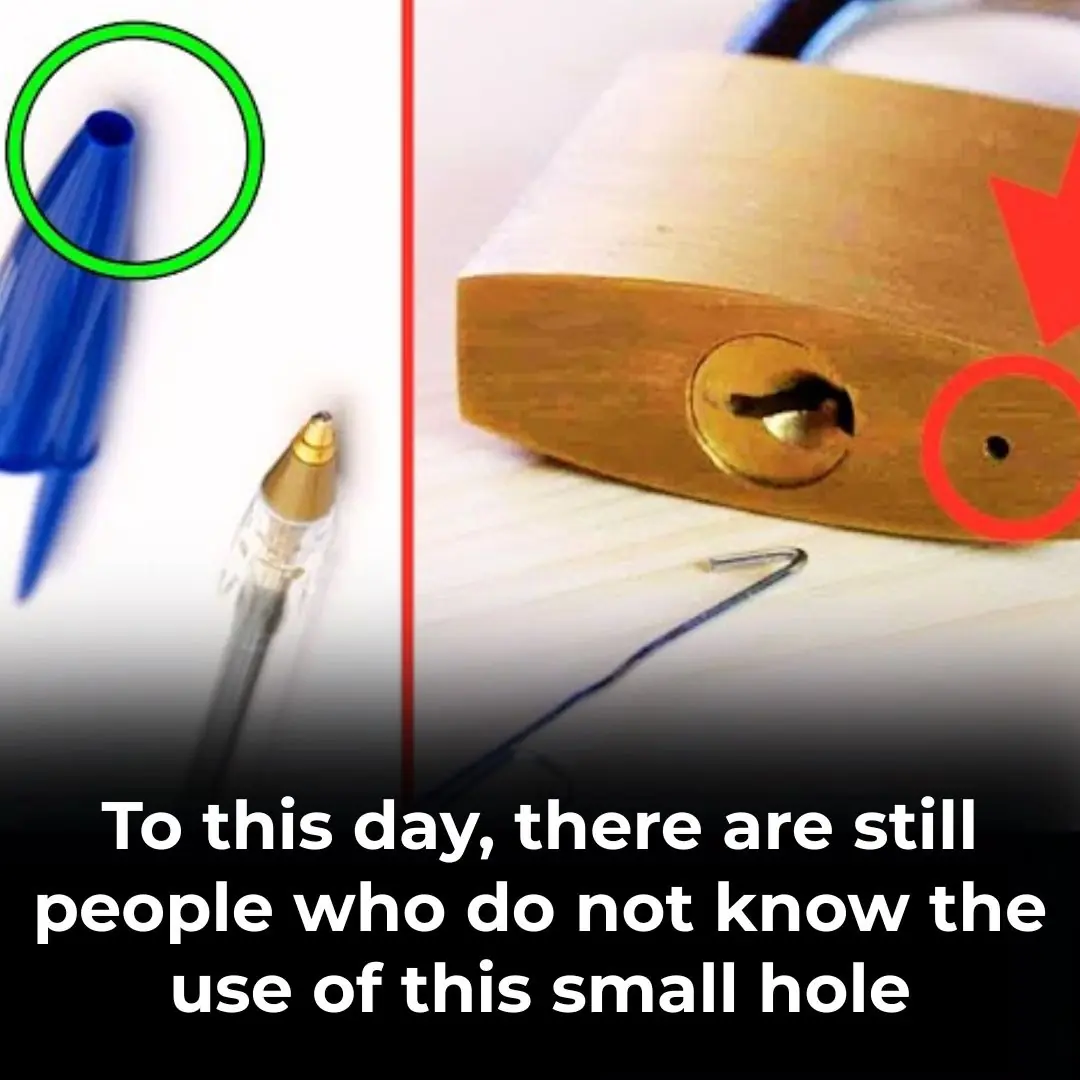
The Uses Of This Small Hole On a Padlock
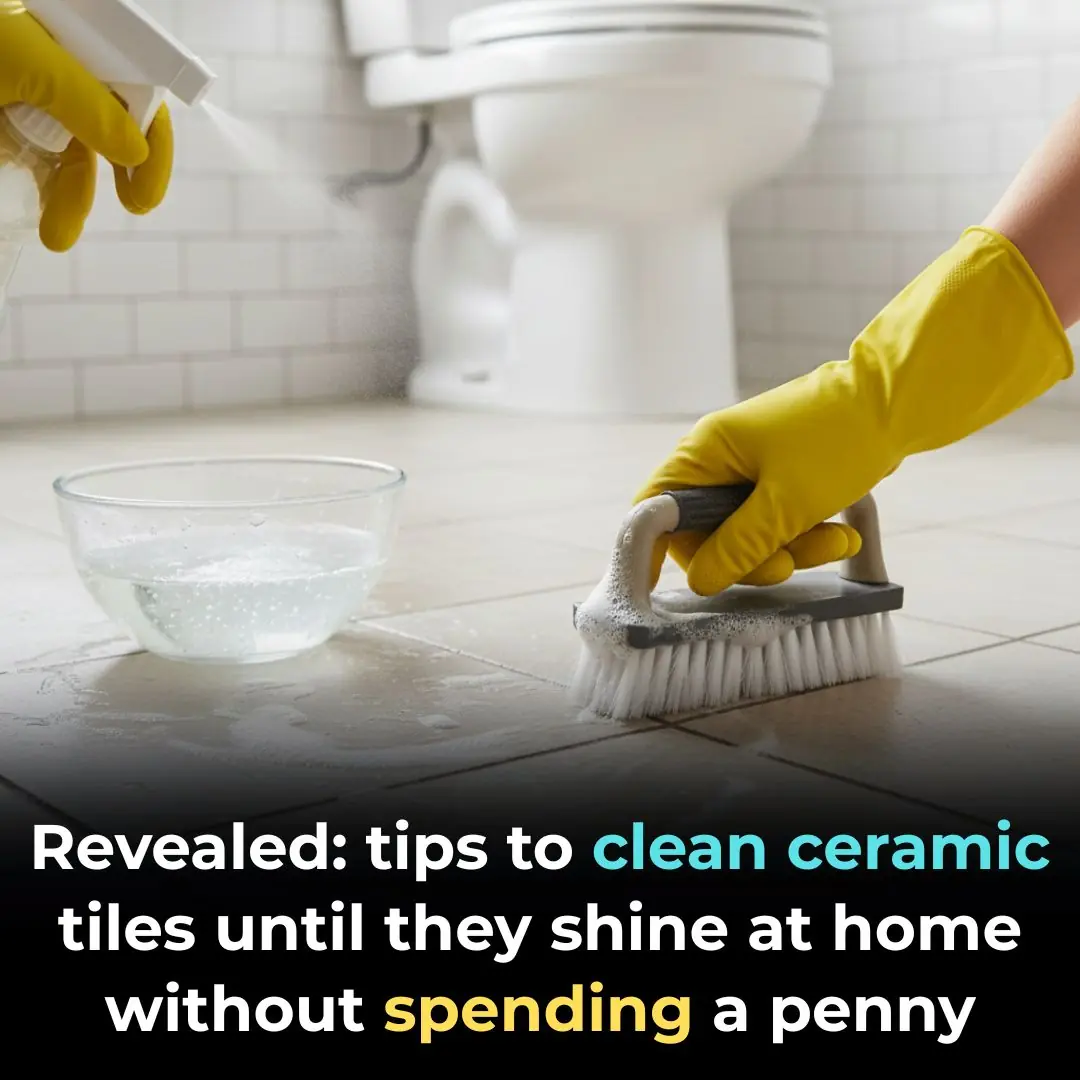
Tips for cleaning shiny enamel at home
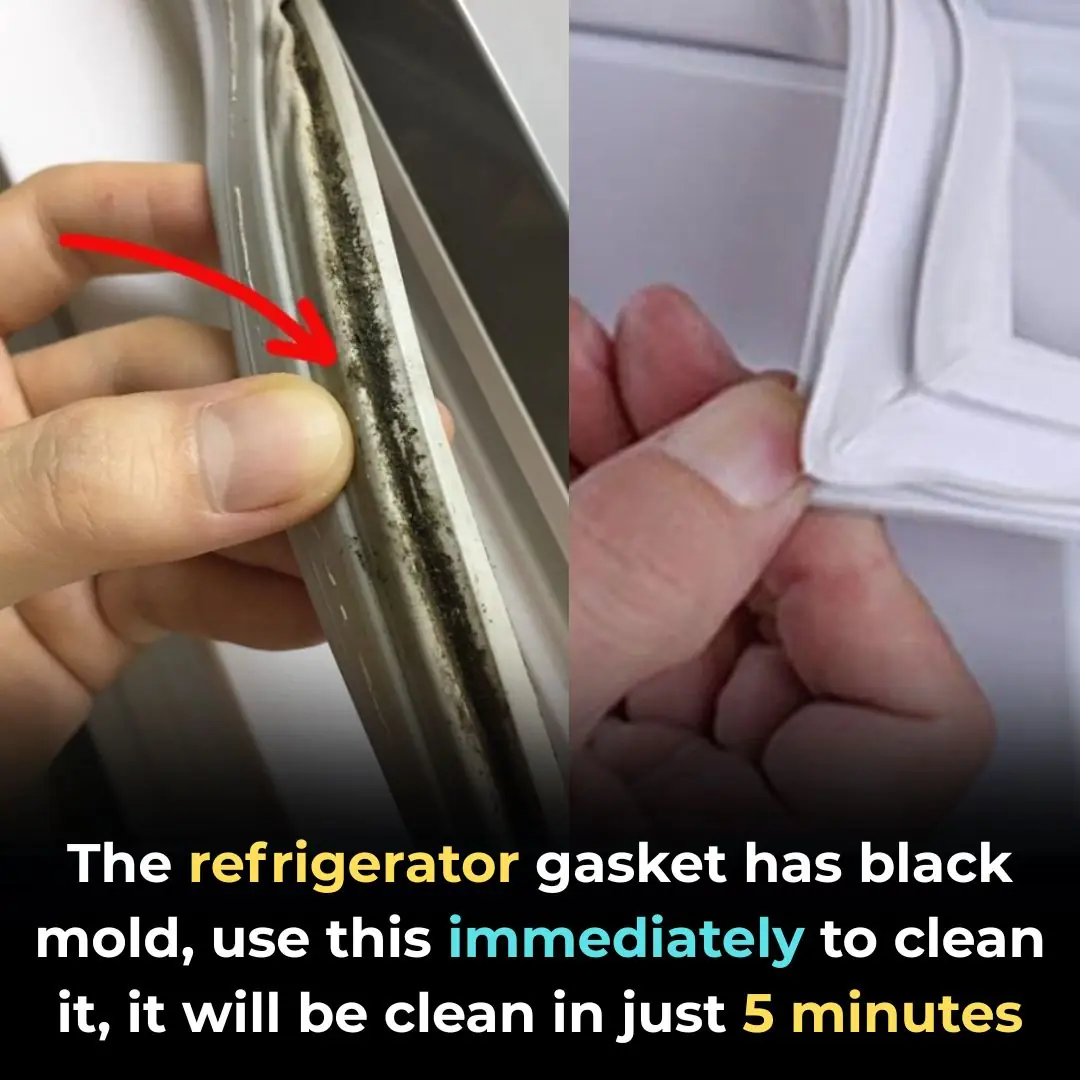
The refrigerator gasket has black mold, use this immediately to clean it, it will be clean in just 5 minutes

On the washing machine there is a "secret button", one touch helps cut electricity bills by 62%

Grilling a piece of steel brush on fire, has unexpected uses, most people will regret it.
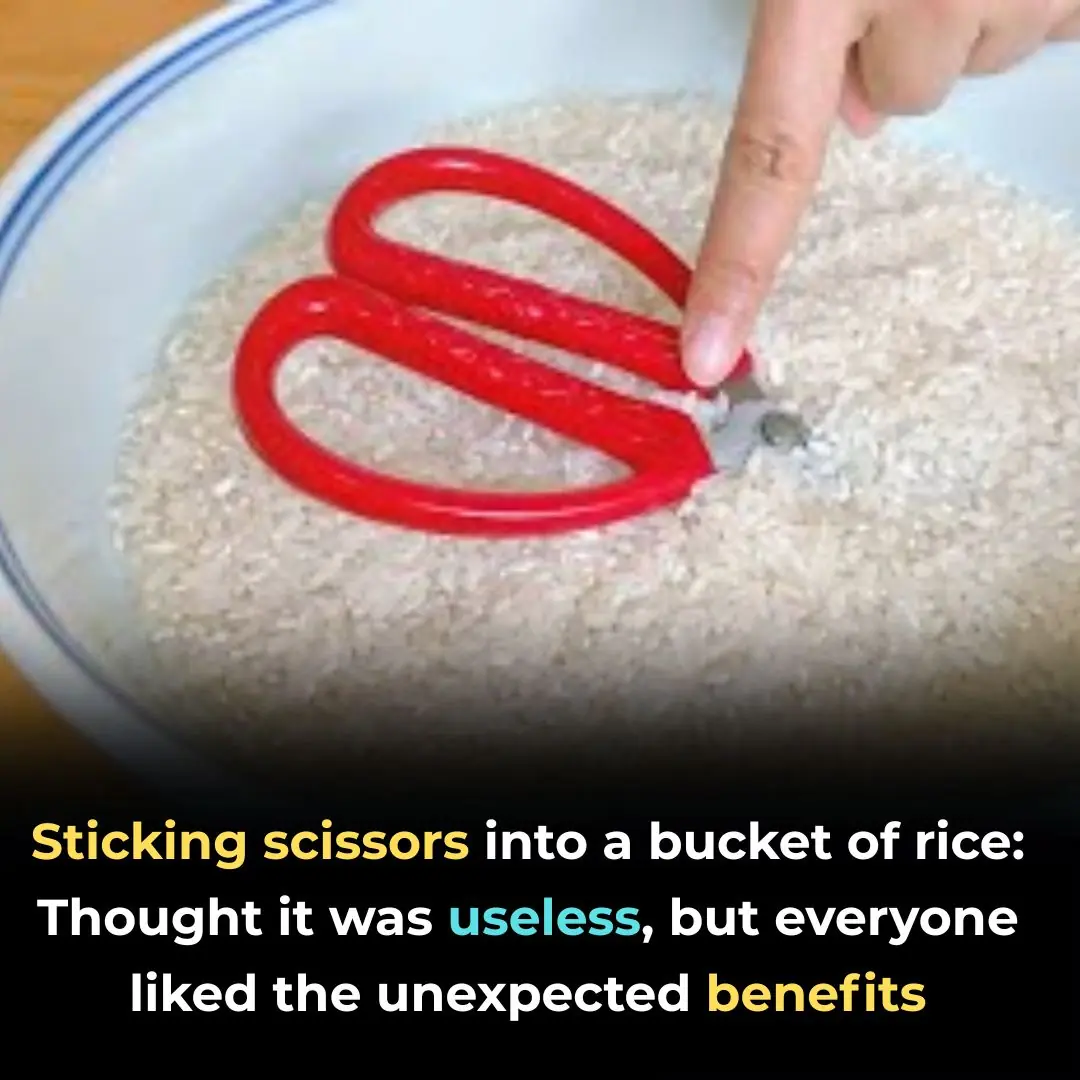
Sticking scissors into a bucket of rice: Thought it was useless, but everyone liked the unexpected benefits

Why should you not close the door when turning on the air conditioner? Knowing the reason, I immediately followed

This is why you absolutely should not leave water bottles in your car

Dirty cobwebs all over the ceiling, just do this way and it will be clean, no need to sweep
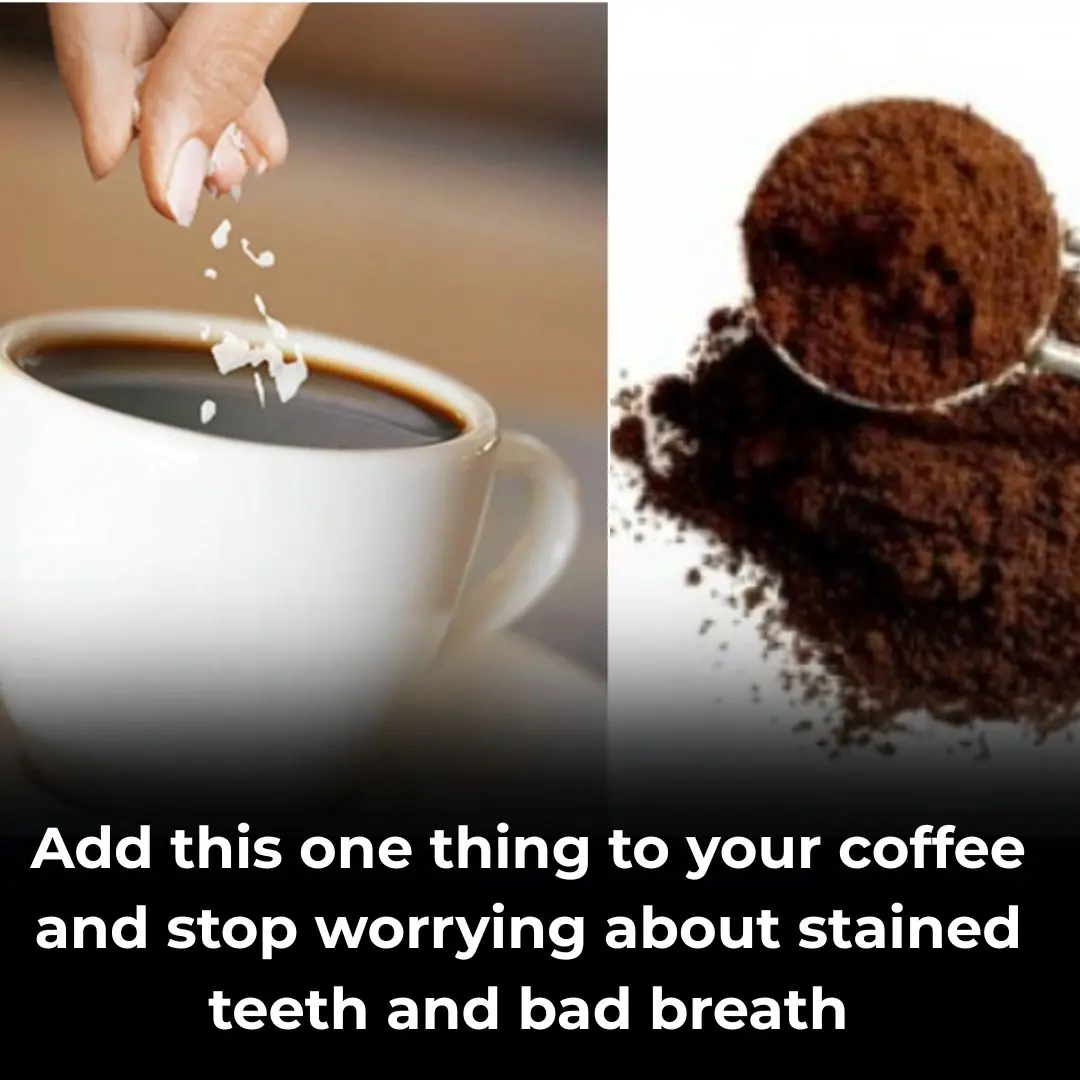
Why does drinking coffee cause tooth staining and bad breath
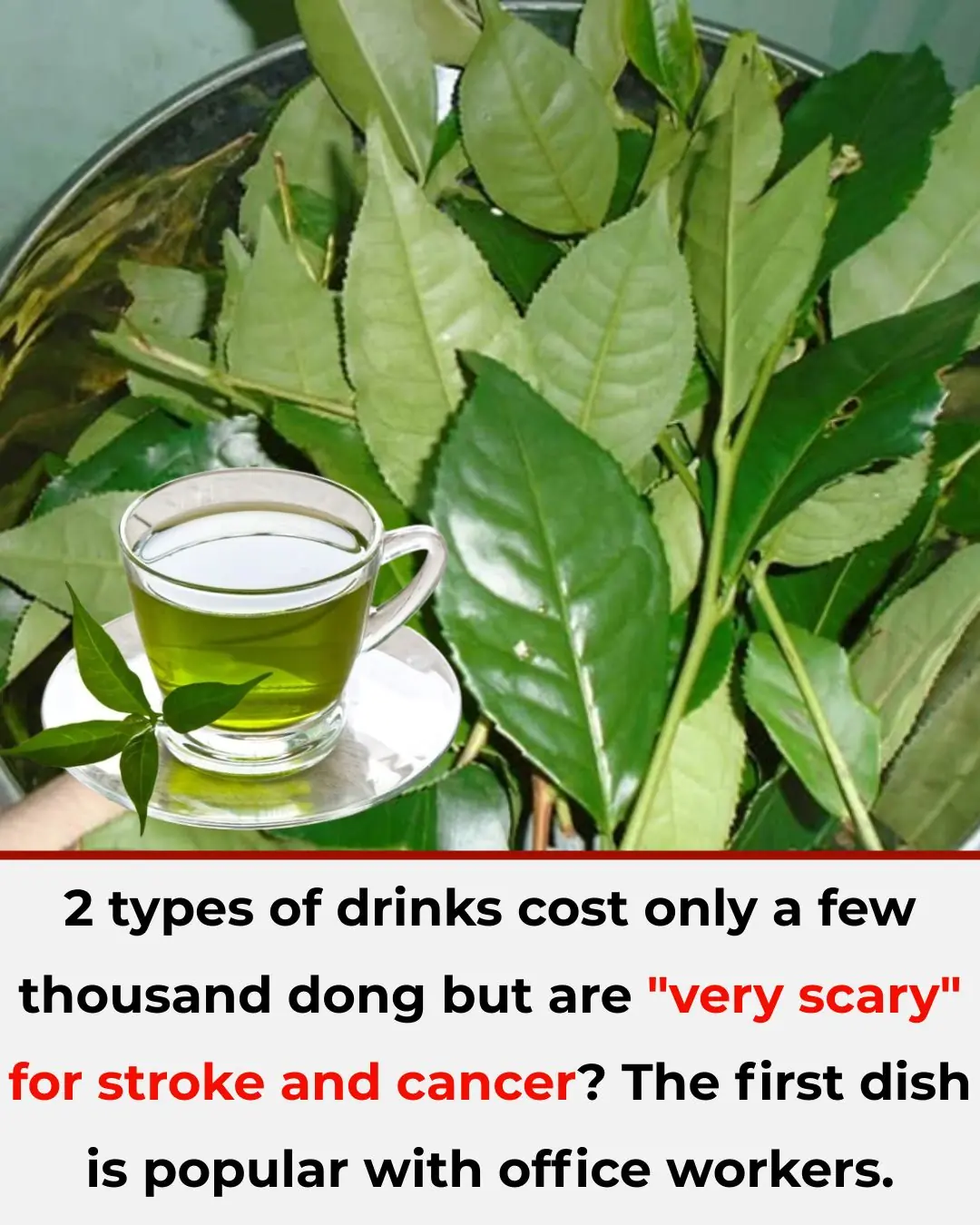
2 types of drinks cost only a few thousand dong but are "very scary" for stroke and cancer? The first dish is popular with office workers.
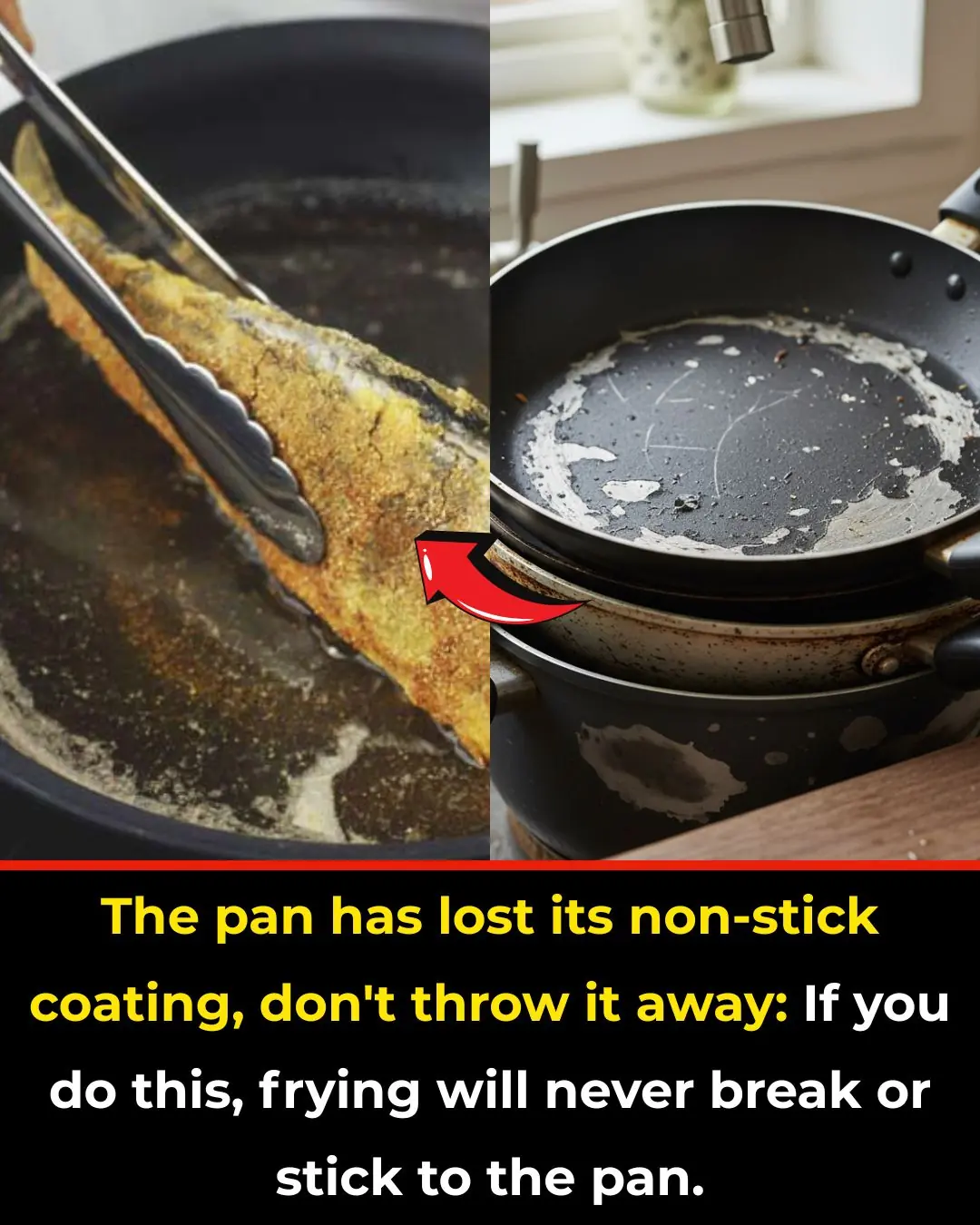
The pan has lost its non-stick coating, don't throw it away: If you do this, frying will never break or stick to the pan.
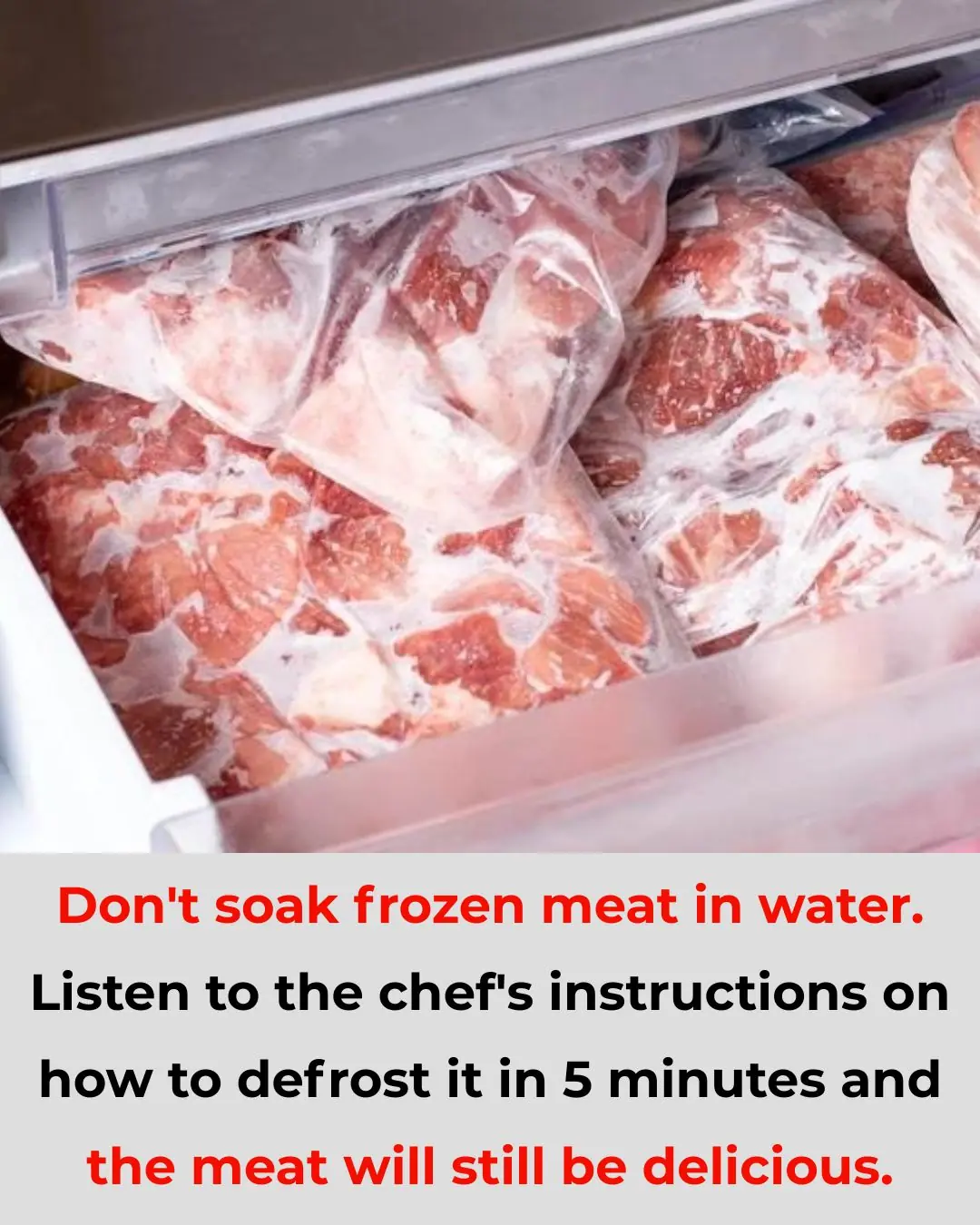
Don't soak frozen meat in water. Listen to the chef's instructions on how to defrost it in 5 minutes and the meat will still be delicious.
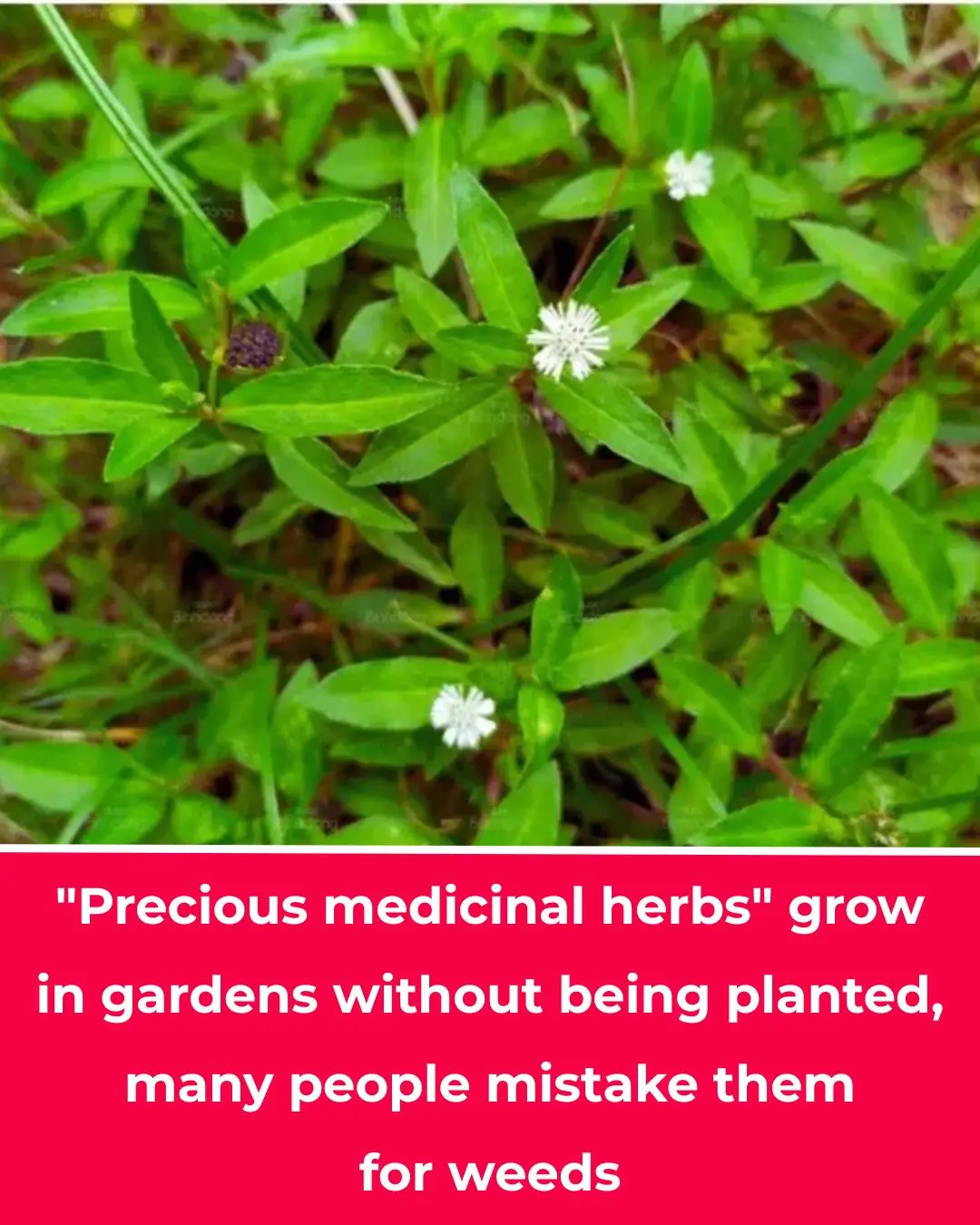
"Precious medicinal herbs" grow in gardens without being planted, many people mistake them for weeds
News Post

My Brother Banned Me from Speaking at Our Mother’s Funeral, Saying ‘No One Wants to Hear from the Adopted One’ — He Never Expected What Happened Next
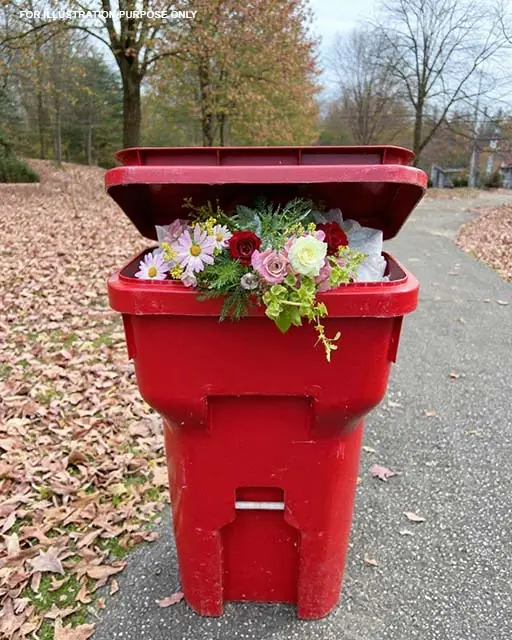
Bride Walked Down the Aisle Smiling — But After Finding a Note Hidden in Her Bouquet, She Turned Around and Ran from the Wedding

9 Months Pregnant, My Husband Threw Me Out for Another Woman, But I Got the Last Laugh

The Man Who Became a Swan Shepherd.

A Valentine’s Gesture That Touched an Entire Community.

A Prom Night 76 Years in the Making.

The Truth About the Thigh Gap: And Why You Don’t Need One to Feel Beautiful

Mosquitoes fear this bowl of water the most—place it in your home and no matter how many mosquitoes there are, they’ll all disappear, letting you sleep peacefully

Eat boiled bananas at this time, and after just one week your body will experience 7 changes: excess fat melts away and your skin becomes smoother and brighter
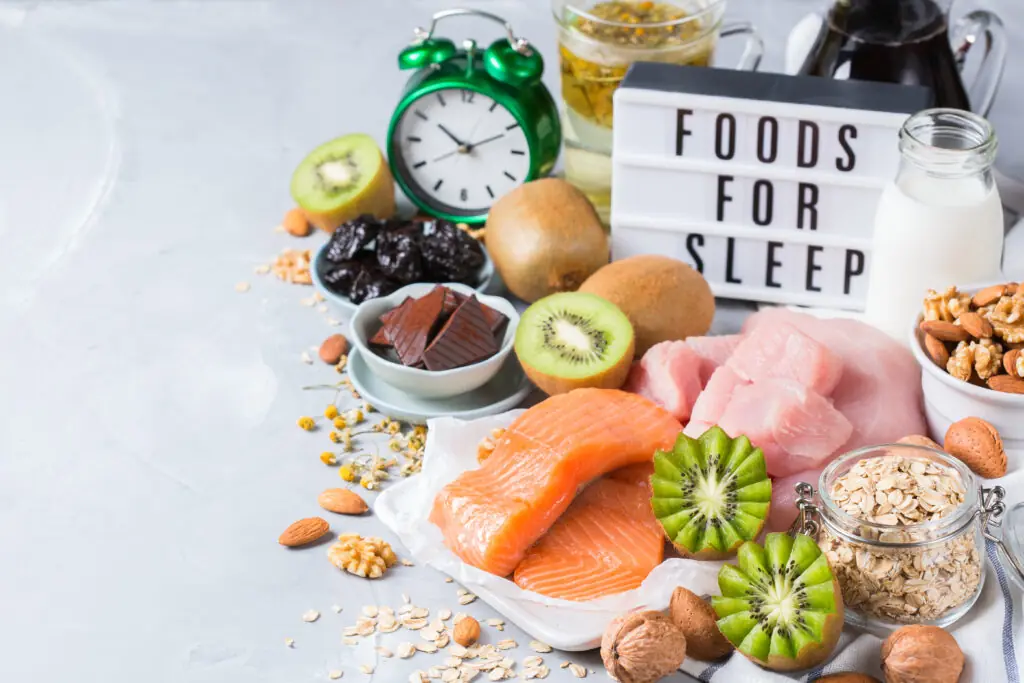
12 Foods With Melatonin You Should Include In Your Dinners To Sleep Like A Baby

White Tongue: What It Means and What You Can Do About It
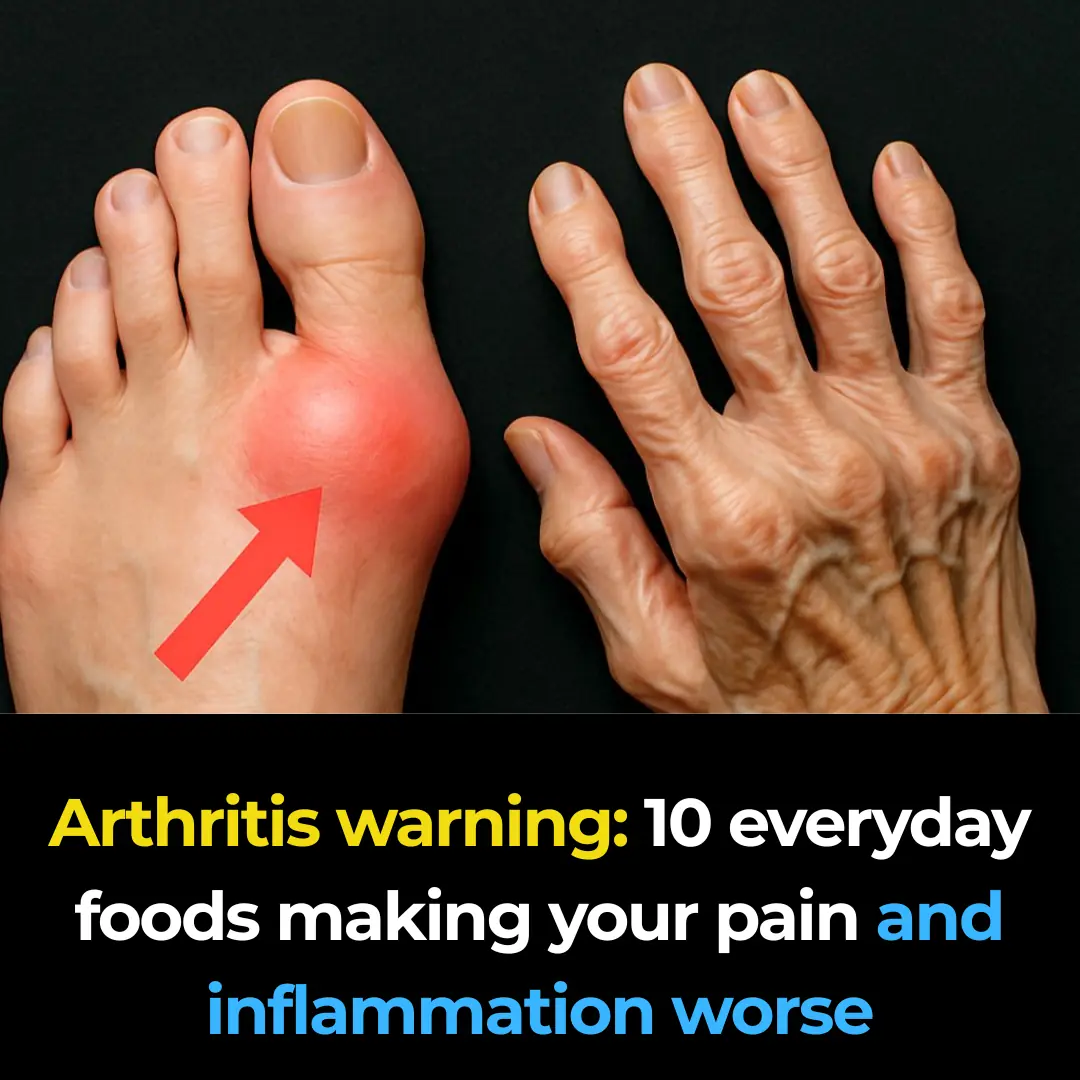
Arthritis warning: 10 everyday foods making your pain and inflammation worse
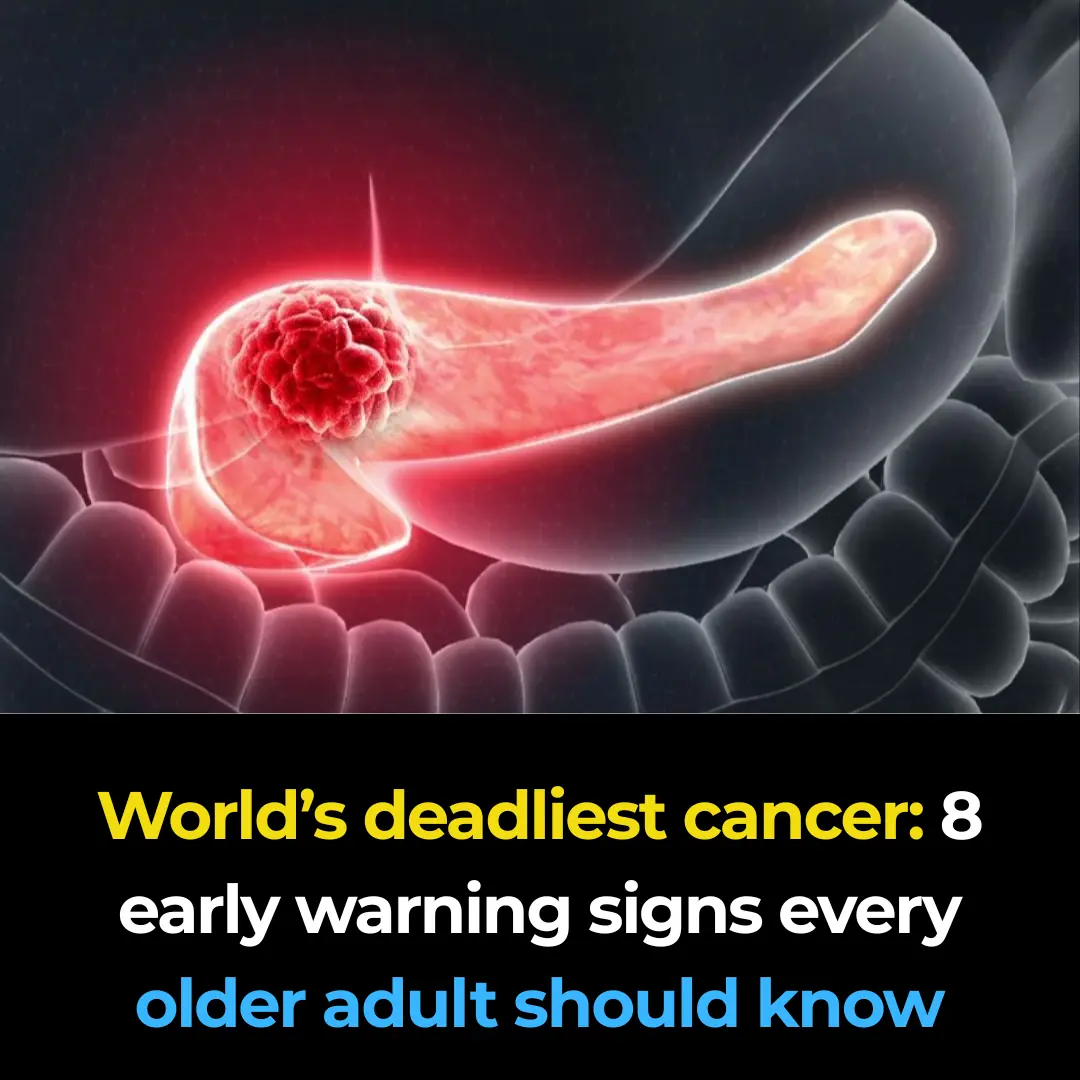
World’s deadliest ca:ncer: 8 early warning signs every older adult should know

The Truth About the Thigh Gap: And Why You Don’t Need One to Feel Beautiful
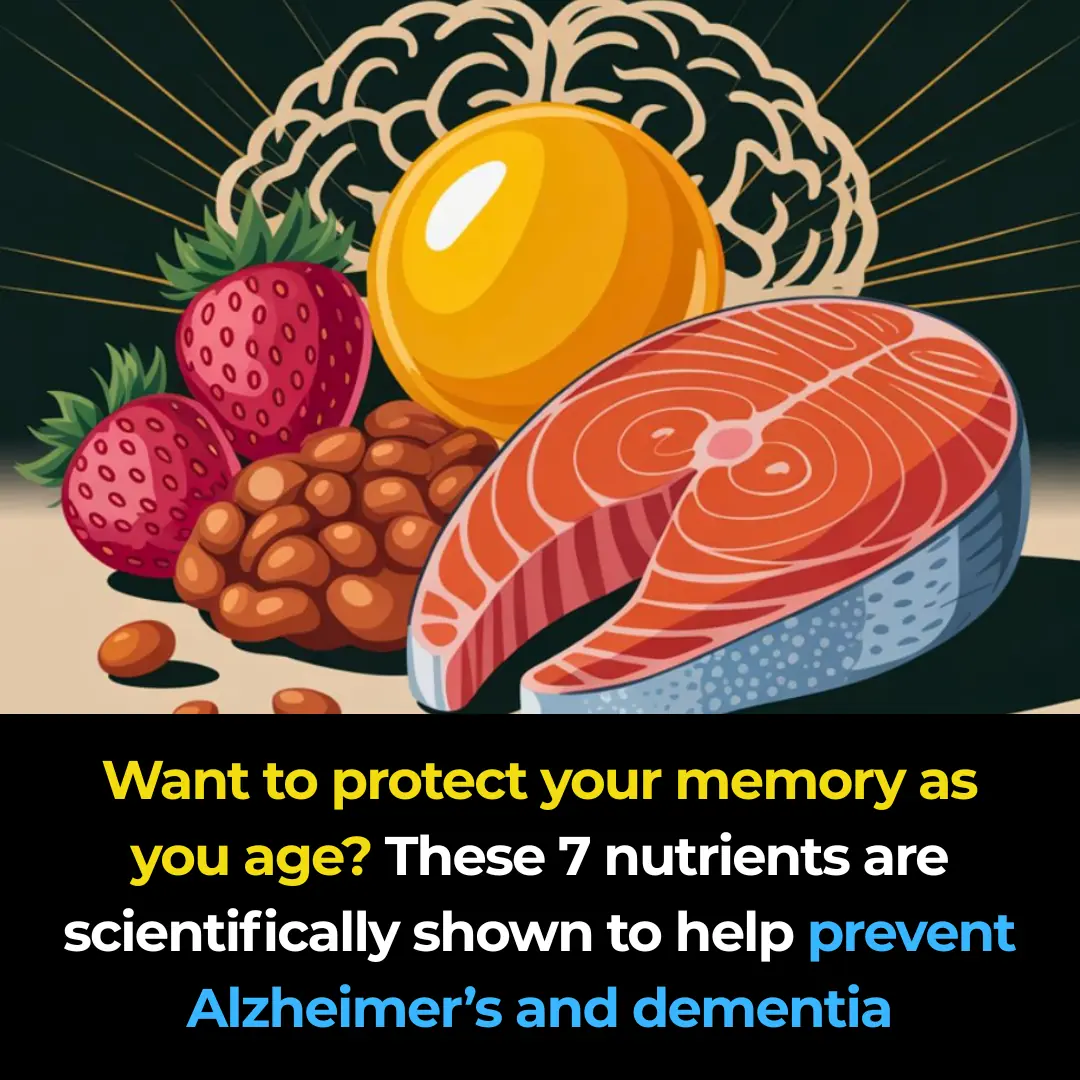
7 Best Nutrients to Prevent Alzheimer’s and Dementia
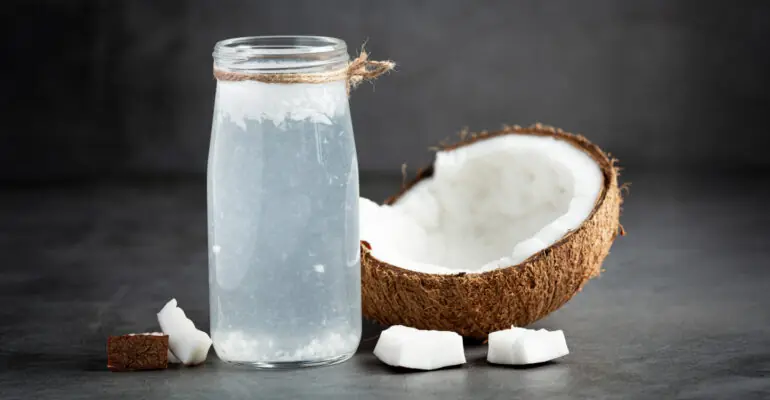
Coconut Water: Healthy Drink or Hidden Risk? Who Should Avoid It
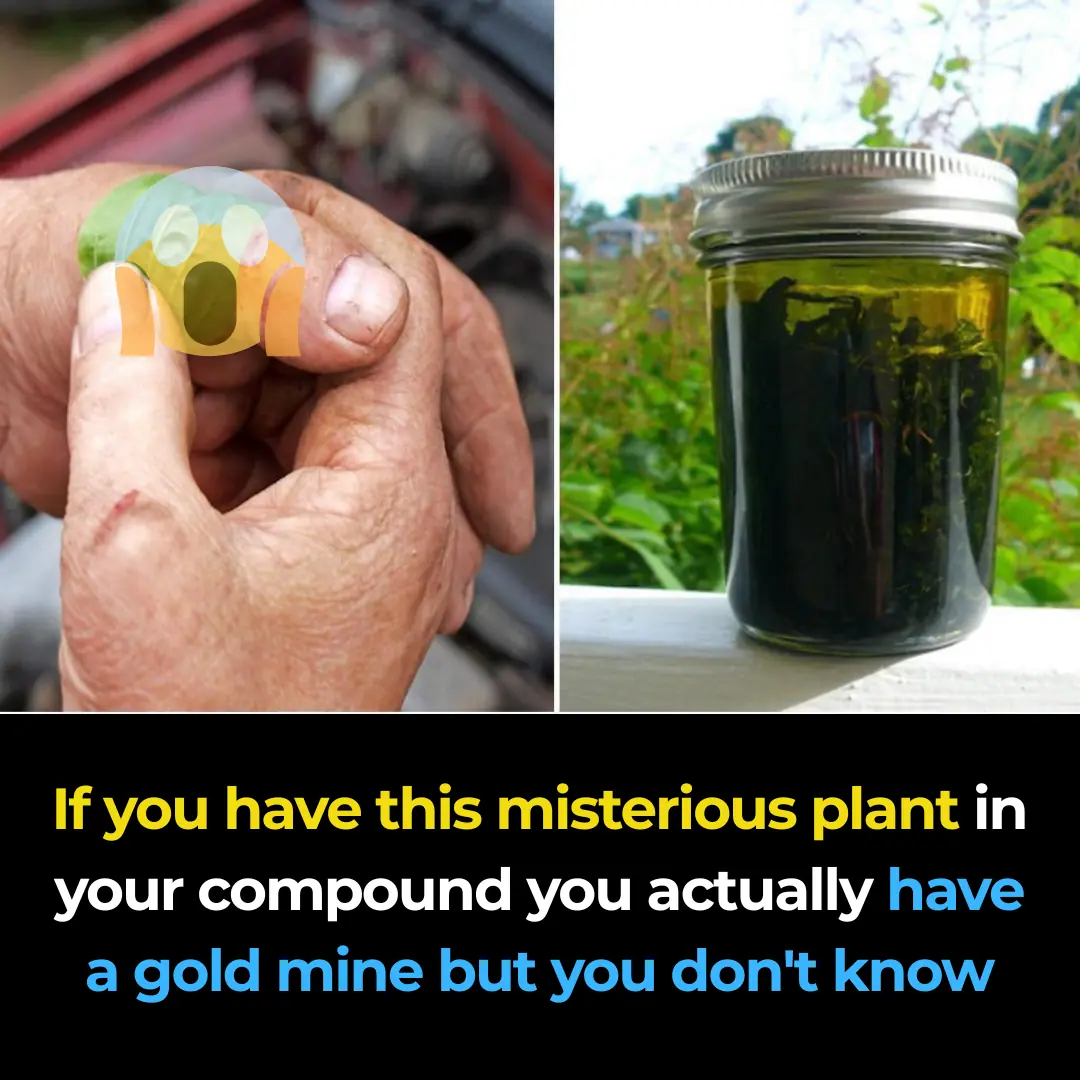
Fact & Health Benefits of Ribwort Plantain
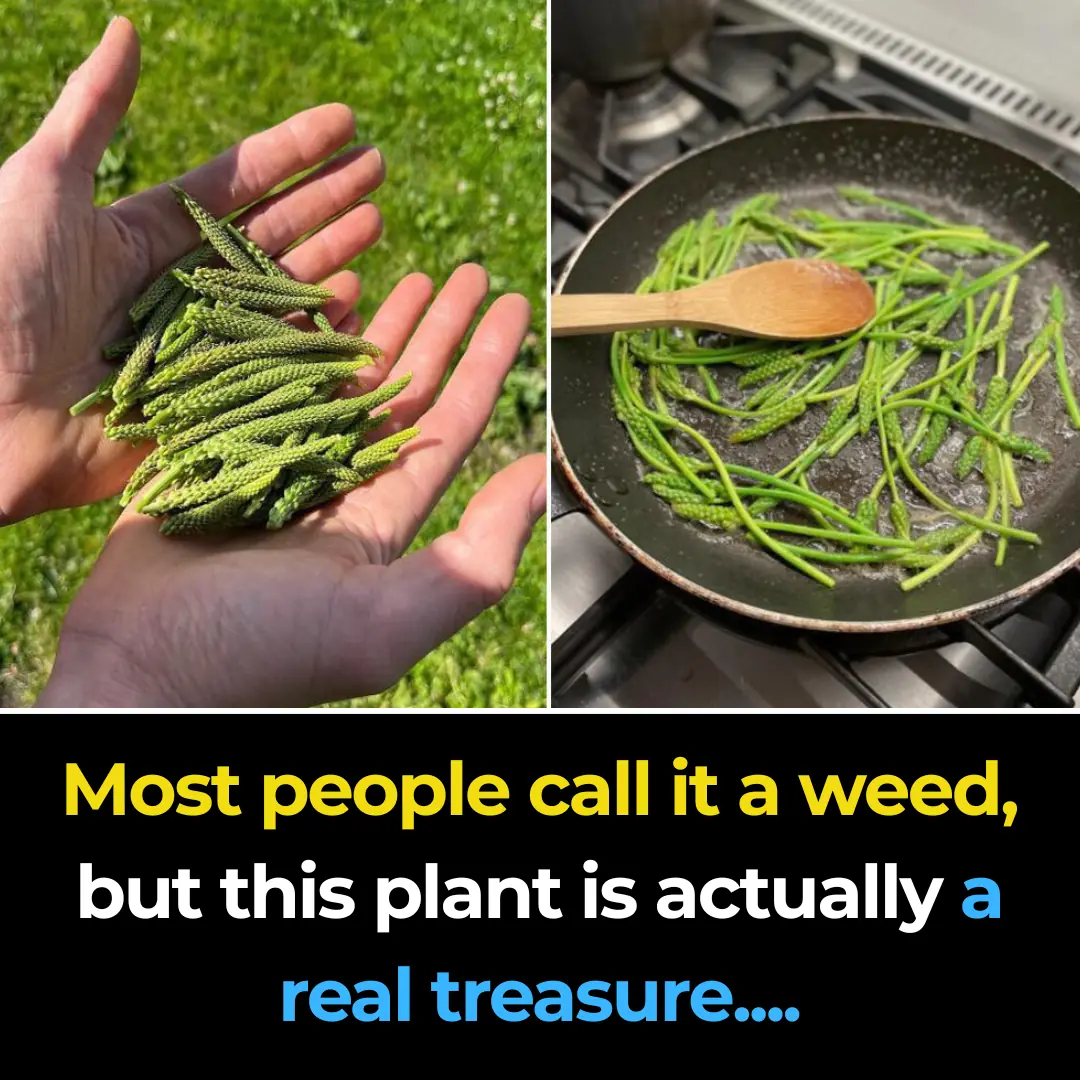
7 benefits and uses of Plantago Major
